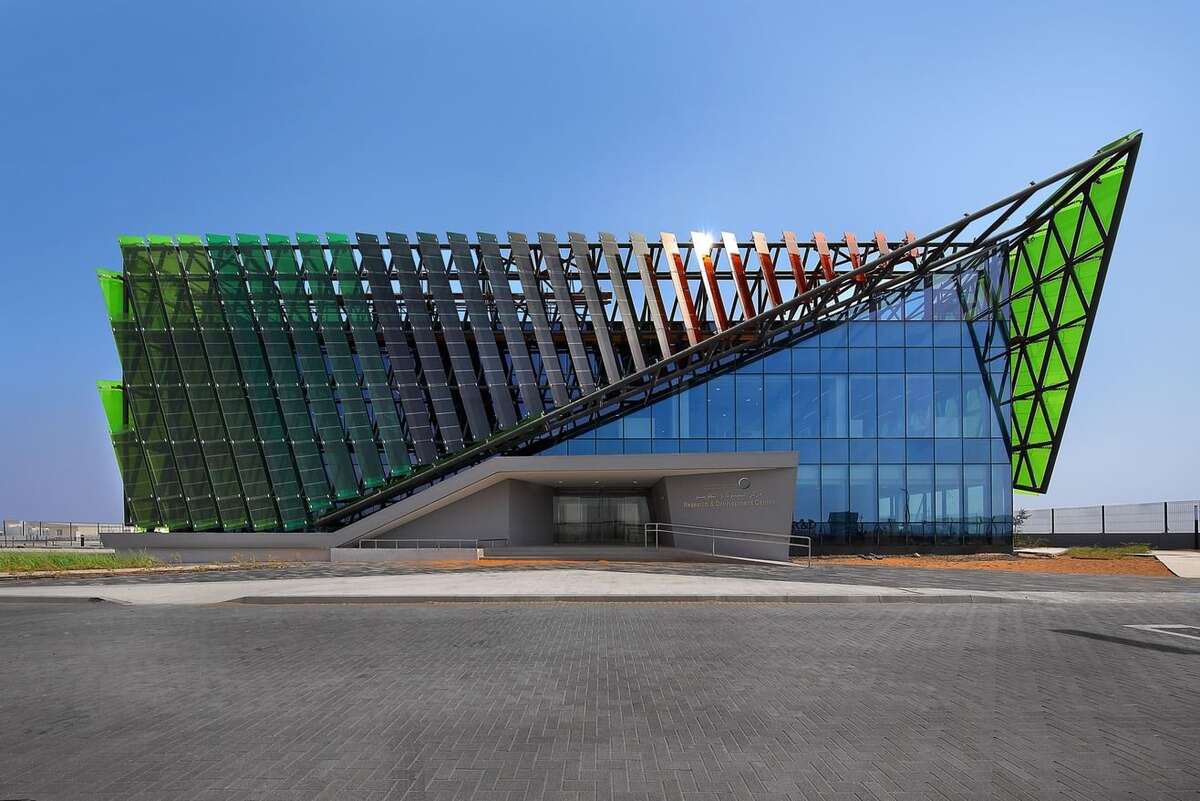Dubai Electricity and Water Authority (DEWA)‘s Research and Development (R&D) Centre has pioneered a digital-first approach to assess the condition of critical assets, such as power transformers and overhead lines (OHL).
This innovative approach eliminates the need for on-site sensors or hardware installations; it solely requires the data of the assets and their geographic locations.
The developed methodology is grounded in the ISO 9223:2012 standard, which provides guidelines for evaluating atmospheric corrosivity and estimating conductor corrosion rates for OHL. For power transformers, the model leverages the IEC 60067-7 standard, considering the ambient external temperature as a predictive factor.
Enhancing user experience with meaningful insights
To enhance the user experience, DEWA’s R&D team has crafted a user-friendly interface (UI) to deliver meaningful insights. These insights will further empower stakeholders to make data-driven decisions, leading to cost savings and operational and planning efficiencies. The digital platform ecosystem aims to foster collaboration by breaking down silos between the engaged business units.
Embracing digital transformation and innovation
Saeed Mohammed Al Tayer, managing director & CEO of DEWA, emphasized the organization’s commitment to implementing the latest digital and innovative strategies to enhance the efficiency and reliability of its electricity and water networks. He further added that by embracing Fourth Industrial Revolution technologies, DEWA is positioned to maintain world-class service levels. DEWA is accelerating its digital transformation journey. This is to meet Dubai’s growing demand. It also helps DEWA uphold its excellence and leadership as one of the best utilities globally, he noted.
Additionally, Waleed Bin Salman, executive vice president of Business Development and Excellence at DEWA, highlighted the R&D Centre’s role. The R&D Centre provides its staff with the latest global technologies, labs, and advanced world-class facilities. This creates an ideal environment for developing innovative solutions, he added.
Leveraging weather modeling for predictive maintenance
Moreover, the Centre leveraged its weather modeling capabilities to generate historic data for the past 5 years, digitally integrating the impact of weather on specific metrics of these critical assets. Maintenance and inspection teams can utilize these insights to optimize their schedules, while operational and investment planning teams can rely on them to inform their decision-making processes, including asset utilization and replacement planning.
For more news on technology, click here.








